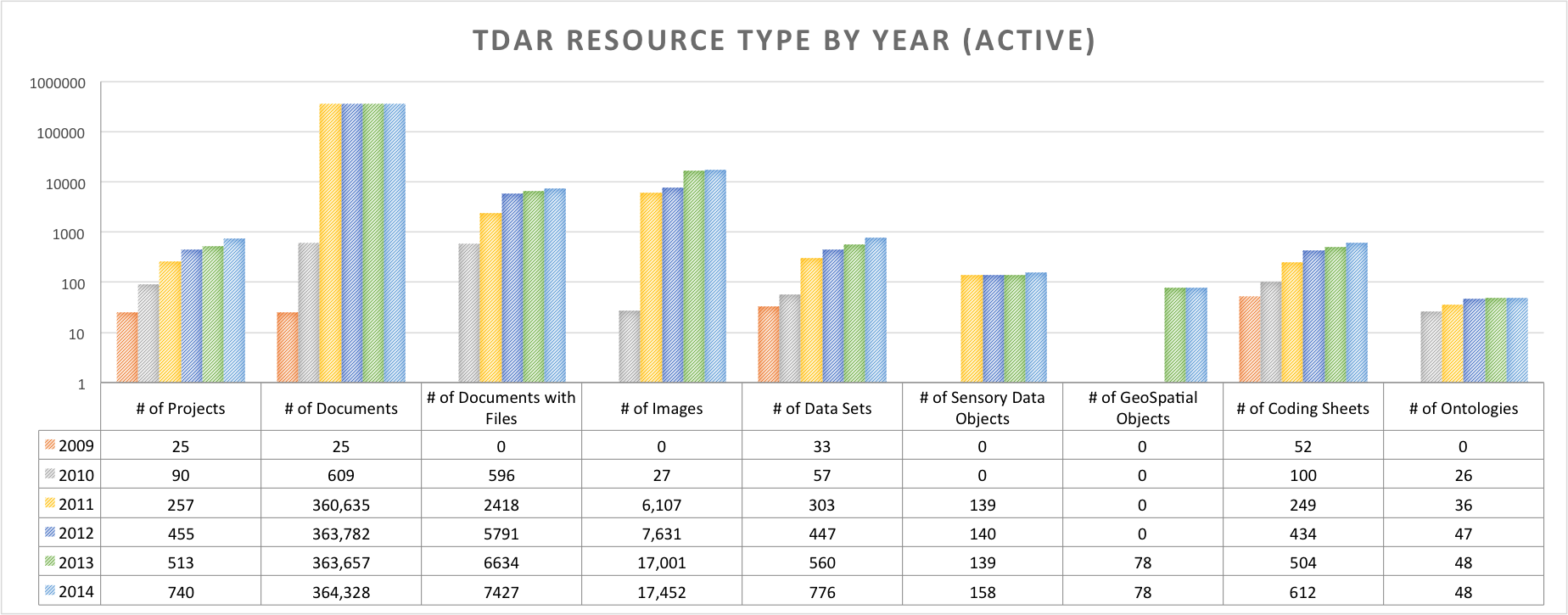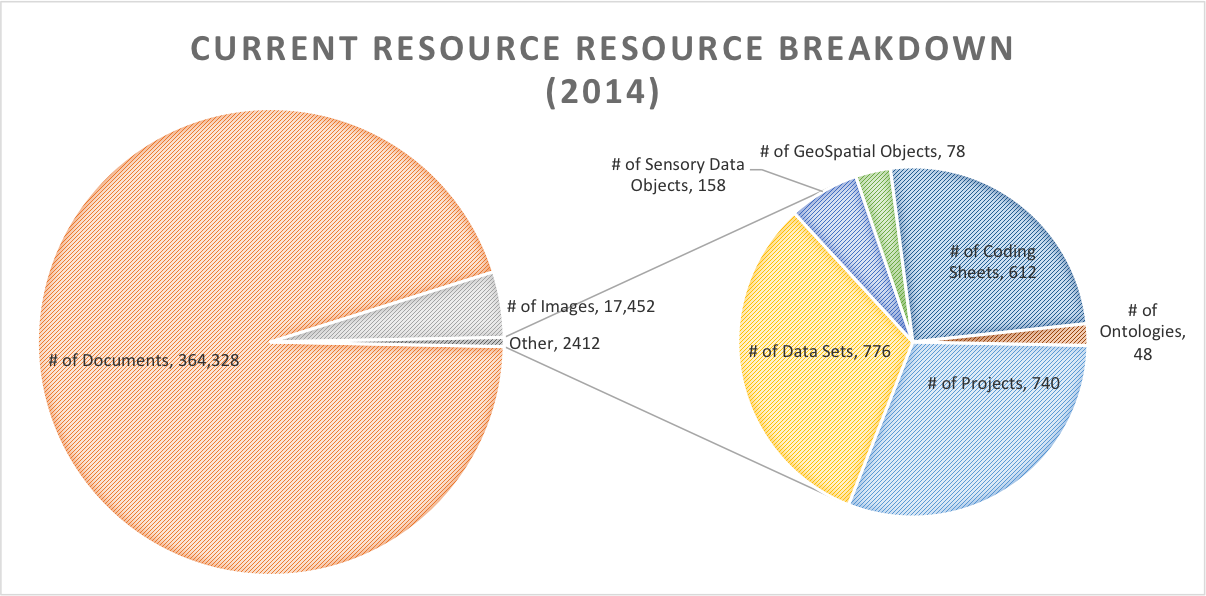We are gearing up for the San Francisco SAA meetings and we want to see you! You can find us at our booth in the exhibit hall (#501) from 9AM to 5PM Thursday through Saturday.
We have a lot to share—first and foremost, if you haven’t seen tDAR live and in action one of our expert digital curators will be able to walk you through finding materials in the archive, as well as the simple steps necessary to preserve a digital file. We can discuss how to go about conceptualizing and creating a digital archive, or how to organize your materials in tDAR.
If you are a presenter at this year’s SAAs we have an exciting opportunity for you to experience contributing to tDAR at no cost. All 2015 SAA abstracts will be available in tDAR as citation records. Presenters are able to upload a copy of the presentation and associated data (up to 3 files totaling 30MB) to tDAR. Stop by the booth and we’ll walk you through the upload process or provide you with instructions for completing the upload at a later date. This is a great opportunity to share and preserve your archaeological data!
Budgeting your digital data archive can be a challenge, but we are here to help. Ask any of our staff for guidance on developing a budget for a grant proposal or scope of work that will ensure all of the digital material you generate is properly cared for in perpetuity. We’d be delighted to tell you about our new, reduced rates for long-term digital curation!
Where else can you find us?
Booth: The Center for Digital Antiquity and the Digital Archaeological Record (tDAR), Thursday-Saturday 9AM to 5PM, Exhibit Hall #501
Workshop: Best Practices for the Curation of Digital Archaeological Data and Information, Francis McManamon, Jodi Reeves Flores, and Leigh Anne Ellison, Wednesday 1-5PM, Continental Ballroom Parlor 3 (advance registration required)
Forum: Diverse Digital Archaeologies, Francis McManamon, Thursday 8-10AM, Union Square 25
Forum: The Prospects and Challenges of Faunal Data Integration and Comparative Analysis, Katherine Spielmann and Keith Kintigh, Thursday 1-3PM, Golden Gate 1
Poster: Best Practices for Good Digital Curation, Francis McManamon and Julian Richards, Thursday 6-8PM, Grand Ballroom A
Poster: Evaluating a Cooperative Approach to the Management of Digital Archaeological Records (ECAMDAR): A Defense Legacy Project Assessing tDAR for the Department of Defense, Sara Rivers Cofield and Jodi Reeves Flores, Thursday 6-8PM, Grand Ballroom A
Poster: Synthesizing Legacy Data: Using tDAR’s Data Integration Tool, Leigh Anne Ellison and Adam Brin, Thursday 6-8PM, Grand Ballroom A
Poster: The Digital Legacy of Public Archaeology in the Phoenix Basin, Arizona, Lauren Jelinek, Jon Czaplicki, and M. Scott Thompson, Thursday 6-8PM, Grand Ballroom A
Paper: Managing ‘A Mountain’ of Rock Art Digital Data, Jodi Reeves Flores and M. Scott Thompson, Saturday 3:30PM, Imperial Ballroom A
We’ve also got new swag and great giveaways. Visit our booth in the exhibit hall early to secure your Digital Antiquity sticker or tDAR jump drive, and enter to win one of our daily giveaways that include books, digital storage media, and a grand prize digital preservation package in tDAR!


